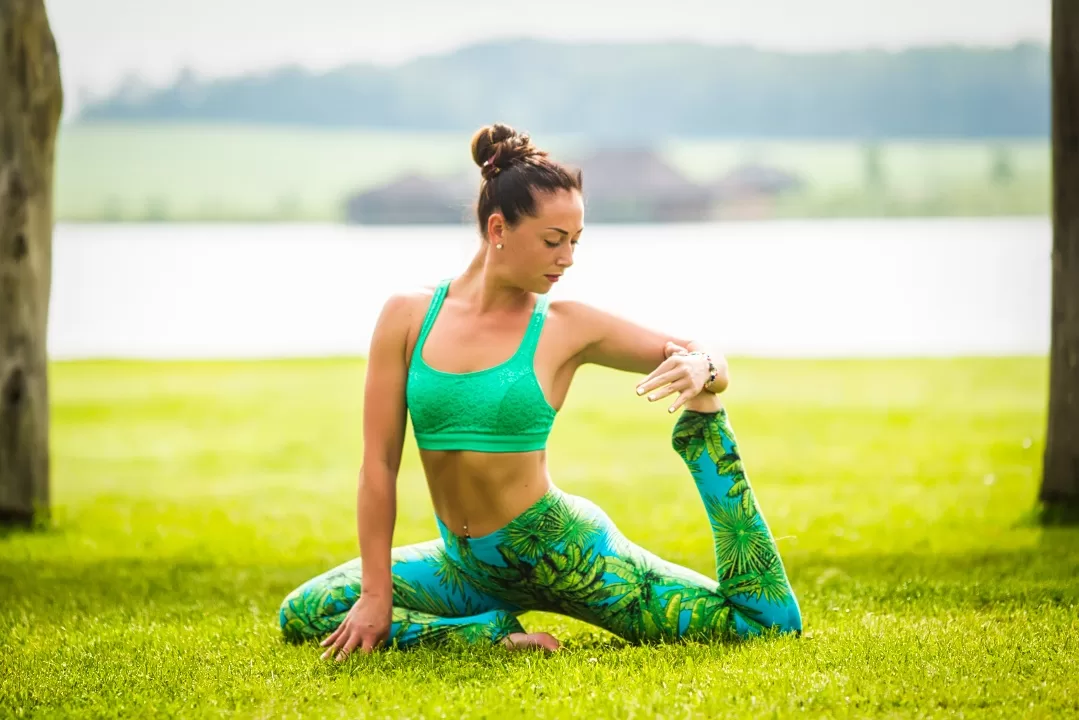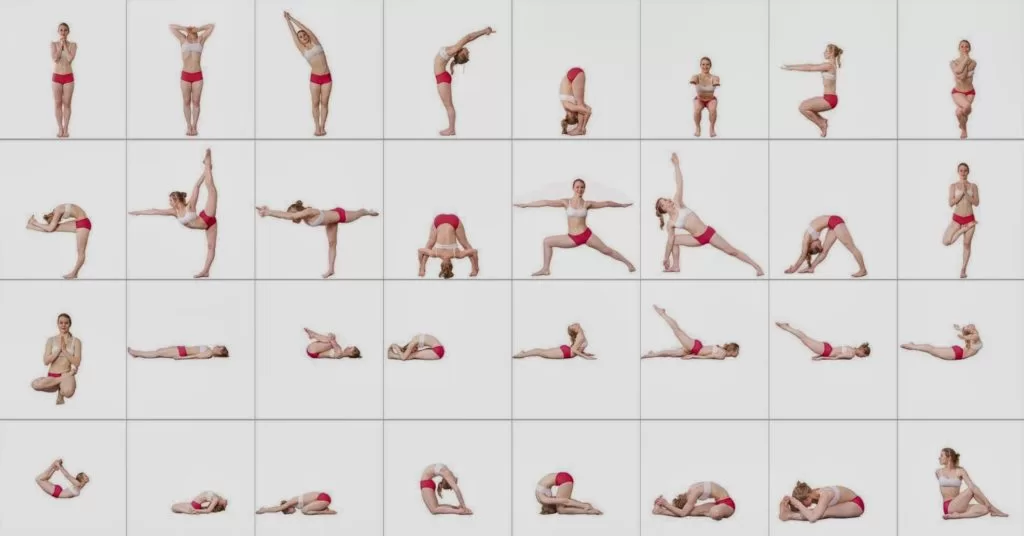
How To Do Yoga Without A Mat?
Yoga has become an increasingly popular form of exercise and mindfulness practice in recent years. Many people swear by the benefits of a regular yoga practice, including increased flexibility, improved strength, and reduced stress levels. However, for some individuals, investing in a yoga mat may not be an option due to budget constraints, limited storage space, or other reasons. The good news is that practicing yoga without a mat is entirely possible and can be just as effective as using one!
In this article, we will explore some tips and tricks for doing yoga without a mat. From finding the right surface to practicing with the right clothing, we will cover all the essential factors that can help you achieve a successful and enjoyable yoga practice, even without a mat. Whether you are practicing at home or on the go, these tips will help you get the most out of your yoga practice and help you stay grounded, centered, and focused. So, let’s get started!
- Choose a non-slip surface like a carpet, grass or towel.
- Wear comfortable clothing that allows you to move freely.
- Practice yoga poses that do not require a mat, such as standing poses or seated stretches.
- Use props like blankets or towels to cushion your joints during floor poses.
- Focus on your breath and body alignment to maintain balance and stability.

How to Do Yoga Without a Mat?
Yoga is a great way to keep your body and mind healthy. It is an excellent way to boost flexibility, strength, and balance. However, you may not always have access to a yoga mat. Whether you are traveling, at the park, or simply do not have a mat, it is still possible to practice yoga without one. Here are some tips on how to do yoga without a mat.
Use a Towel or Blanket
If you do not have a yoga mat, you can use a towel or blanket instead. Spread the towel or blanket on the ground and use it as a surface for your yoga practice. Make sure the towel is thick enough to provide cushioning for your knees, hips, and spine. You may also want to fold the towel or blanket to create extra padding.
Using a towel or blanket can make some yoga poses more challenging, as you will not have the same grip as you would on a mat. However, it can be a great way to challenge your balance and core strength.
Practice on Carpeted Surfaces
If you are indoors, practicing yoga on a carpeted surface can be a good alternative to using a mat. Carpet can provide some cushioning and help prevent slipping. However, it is important to note that not all carpets are the same. If the carpet is too soft or plush, it may not provide enough stability for certain yoga poses.
When practicing yoga on carpet, it is important to keep in mind that the surface may not be as clean as a yoga mat. Be sure to clean the area before you begin your practice to avoid any potential health hazards.
Go Barefoot
One of the benefits of practicing yoga without a mat is that you can connect more directly with the ground. Going barefoot can help you feel more grounded and increase your balance. However, it is important to practice on a safe and clean surface to avoid any injuries.
When practicing yoga barefoot, be mindful of any sharp or rough surfaces that may cause discomfort or injury. It is also important to keep your feet clean and dry to prevent any fungal or bacterial infections.
Use Props
Props such as blocks, straps, and bolsters can be used to support your yoga practice, whether you have a mat or not. Blocks can be used to help you reach the ground in certain poses. Straps can help you deepen your stretches and improve your flexibility. Bolsters can provide extra support for restorative poses.
When using props, it is important to choose the right ones for your practice. Make sure the props are sturdy and provide the support you need. Using props can also help you modify certain poses to suit your individual needs.
Practice in Nature
Practicing yoga in nature can be a great way to connect with your surroundings and find inner peace. Whether you are at the park, the beach, or in the mountains, there are many natural surfaces that can be used for yoga. You can practice on grass, sand, or even on a rock.
When practicing yoga in nature, it is important to be mindful of your surroundings. Be aware of any potential hazards, such as uneven surfaces or sharp objects. It is also important to respect the environment and leave no trace behind.
Try Wall Yoga
Wall yoga is a great way to practice yoga without a mat. It involves using a wall as a prop to support your practice. You can use the wall to help you balance, deepen your stretches, and improve your alignment.
To practice wall yoga, stand facing the wall with your feet hip-distance apart. Place your hands on the wall and start to walk them down toward the ground. Keep your arms straight and your shoulders relaxed. You can also use the wall to support your back in certain poses, such as the supported fish pose.
Practice Mindful Movement
Practicing yoga without a mat can be a great opportunity to focus on the mind-body connection. Mindful movement involves paying attention to the sensations in your body and being present in the moment.
To practice mindful movement, start by standing or sitting in a comfortable position. Close your eyes and take a few deep breaths. Begin to move your body slowly and mindfully, paying attention to the sensations in your muscles and joints. You can also try incorporating gentle stretches and movements into your daily routine, such as stretching when you wake up or taking a short yoga break during the day.
Benefits of Practicing Yoga Without a Mat
Practicing yoga without a mat can provide many benefits. It can help you develop your balance and core strength, as you will not have the same grip as you would on a mat. It can also be a great way to challenge yourself and deepen your practice.
Practicing yoga without a mat can also help you connect more directly with the ground and feel more grounded. It can help you find inner peace and improve your mind-body connection.
Mat vs. No Mat
While a yoga mat can provide stability and cushioning, practicing without a mat can provide a unique challenge for your practice. It can help you develop your balance and core strength, and connect more directly with the ground.
However, practicing without a mat may not be suitable for everyone, especially those with sensitive joints or injuries. It is important to listen to your body and choose the practice that is right for you.
Conclusion
Practicing yoga without a mat can be a great way to deepen your practice and challenge yourself. Whether you choose to use a towel, carpet, or practice in nature, there are many ways to practice yoga without a mat. By staying mindful, using props, and paying attention to your body, you can develop your practice and find inner peace.
Frequently Asked Questions
If you want to do yoga but don’t have a mat, don’t worry. Here are some frequently asked questions about how to do yoga without a mat.
1. Is it possible to do yoga without a mat?
Yes, it is possible to do yoga without a mat. While a yoga mat is helpful, it is not necessary. If you don’t have a mat, you can still do yoga on a soft surface, like a carpet or a towel. Just make sure the surface is clean and free of any objects that could be hazardous.
If you don’t have a soft surface to practice on, you can try doing yoga on a hardwood or tile floor. However, this can be uncomfortable and put strain on your joints, so use extra caution and consider using a towel or blanket for cushioning.
2. What are the benefits of doing yoga without a mat?
Doing yoga without a mat can be a great way to challenge your balance and stability. Without the grip of a yoga mat, you’ll need to engage your muscles more to hold your poses, which can help improve your overall strength and flexibility.
Additionally, practicing yoga without a mat can be a convenient option when you’re on the go or don’t have access to a mat. It allows you to practice yoga anywhere, anytime, without needing any special equipment.
3. What should I wear if I’m doing yoga without a mat?
If you’re doing yoga without a mat, you’ll want to wear comfortable, form-fitting clothing that allows you to move freely. Avoid loose clothing that could get in the way or pose a hazard.
You’ll also want to wear socks or go barefoot to help you grip the surface you’re practicing on. If you’re practicing on a hard surface, consider wearing shoes for extra support and cushioning.
4. Are there any poses that are difficult to do without a mat?
Most yoga poses can be adapted to be done without a mat. However, some poses that require a lot of balance or involve a lot of movement may be more challenging without the grip and cushioning of a mat.
If you’re struggling with certain poses, try using a towel or blanket for extra cushioning and grip. You can also modify the pose to make it easier or focus on a different aspect of the pose.
5. How can I make sure I’m practicing safely without a mat?
When practicing yoga without a mat, it’s important to take extra precautions to ensure you’re practicing safely. Make sure the surface you’re practicing on is clean and free of any objects that could be hazardous.
You’ll also want to be extra mindful of your alignment and your body’s limits. Without the cushioning and support of a mat, it’s easier to put strain on your joints or lose your balance, so take it slow and listen to your body.
10 MIN STANDING YOGA STRETCH | Yoga Without Mat | Yoga with Uliana
In conclusion, practicing yoga without a mat is not only possible but can also be beneficial for your practice. Whether you’re traveling, don’t have access to a mat, or simply prefer the feeling of the earth beneath you, there are many ways to modify your practice without sacrificing its effectiveness. By using a towel, blanket, or natural surface such as grass or sand, you can still experience the physical and mental benefits of yoga.
Furthermore, practicing yoga without a mat can help you connect more deeply with the earth and improve your stability and balance. It can also teach you to let go of the idea of perfection and embrace the imperfections of the present moment. Remember, yoga is not about the equipment or the environment; it’s about the practice itself. So, next time you find yourself without a mat, embrace the opportunity to explore new ways of practicing and deepen your connection with yourself and the world around you.

